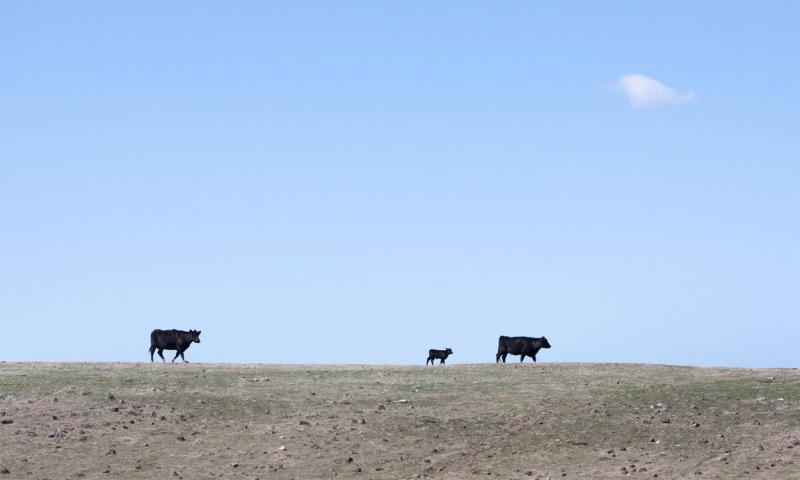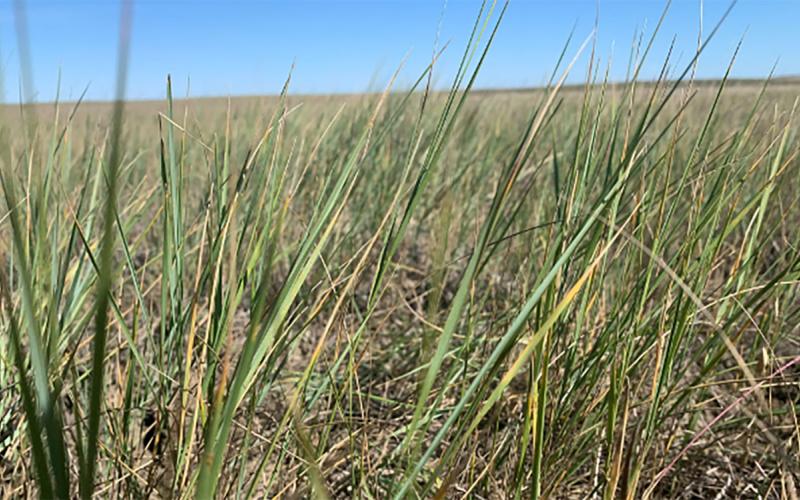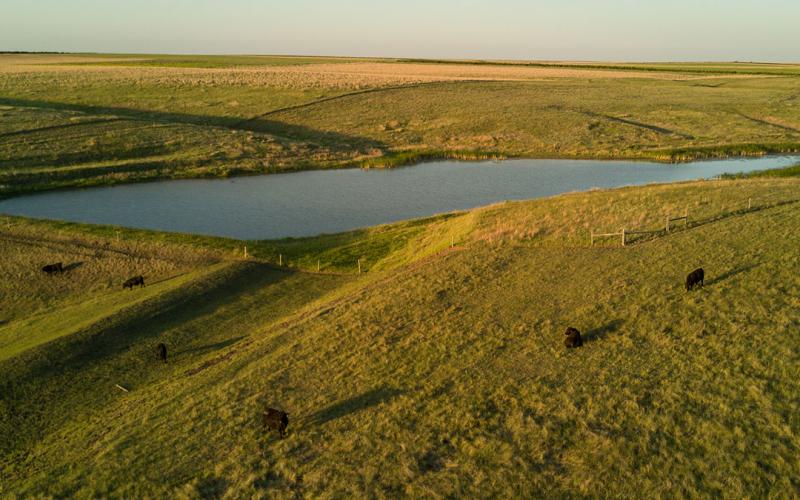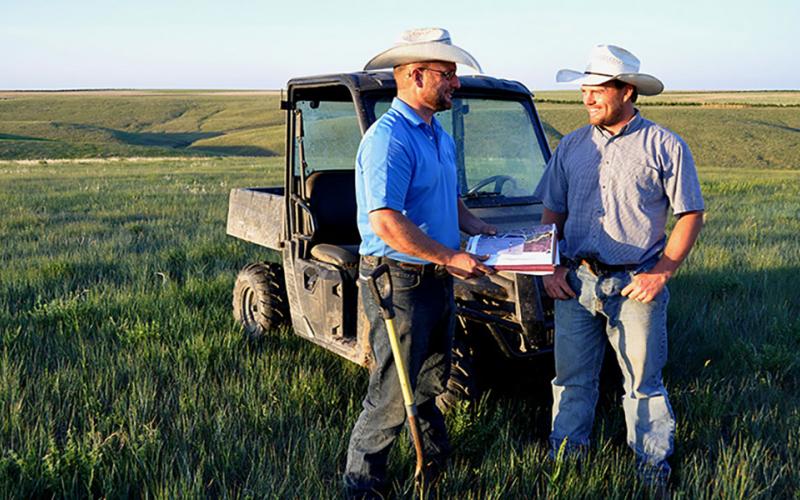
Livestock producers in South Dakota are no strangers to dry conditions. Drought events lasting three to five months occur once every five years in the Northern Great Plains, and events lasting 9 to 11 months occur once every 20 years. Although it is difficult to predict moisture conditions within a given year, it is guaranteed that even in the wettest years, another dry one may be around the corner.
This year-to-year (inter-annual) variability in precipitation can impact annual forage production for grazing animals. Understanding the impact of forage variability on stocking rate in rangelands can help livestock producers prepare for and adapt their management plans to better match animal demand to forage production.
Inter-Annual Differences

Annual forage production is influenced by seasonal weather patterns, which can include the previous year’s moisture, spring moisture, daily temperatures and evapotranspiration (evaporation + transpiration) rates. Large swings in annual weather patterns can result in proportionately large differences in the amount of forage available for grazing animals.
To illustrate this point, forage production data from a long-term grazing experiment (1942 to present) using three stocking rates at the Cottonwood Field Station located near Philip, South Dakota is shown in Figure 1. Under the light stocking rate, the average annual forage production is 1,774 pounds per-acre. However, annual production in these pastures has ranged from 562 pounds per-acre in 2006 to 3,471 pounds per-acre 2011. The six-fold difference in forage potential between year 2006 and year 2011 demonstrates the range of variability of forage production and seasonal weather patterns.
Adaptive Stocking Rates
Stocking rate is generally the most important variable in grazing management. Stocking rates that may be considered moderate during a normal precipitation year may be heavy during and following dry years, which can affect livestock weight gains, plant communities and profitability for the ranching operation. Though many ranchers often employ reactive drought management strategies, having well-defined proactive strategies can help producers better match resources with demand. One tool that can help producers easily adapt and calculate their stocking rate in limited moisture or moisture surplus years is to use the SDSU Extension Grazing Calculator. The grazing calculator allows you to input different scenarios, including forage production. For example, in a limited-moisture year, your pasture might produce only 900 pounds per-acre compared to a ‘normal’ year’s production of 1800 pounds per-acre. If that pasture is 400 acres, cows are lactating, forage quality is medium and there are 150 head, then that pasture can support those animals for 17 days in a limited-moisture year compared to 35 days in a ‘normal’ year, amounting to about a difference of two and a half weeks’ worth of grazing days. Going through different forage production scenarios can help you create grazing management plans under a variety of climate conditions.
Being able to adapt your stocking rate and grazing intensity to fit forage conditions provides you with tangible management actions you can take to protect your pastures from overgrazing in any year. A single pasture may be able to endure overgrazing on occasion, but avoid making a habit of it, as you will slowly strip away the resiliency of the grasses and plants in your pastures to recover following dry years. Adaptive livestock management strategies that consider current forage production may be better-suited for calculating sustainable stocking rates rather than estimating multi-year averages. In addition, adaptive stocking rates also allow you to keep enough groceries in front of your animals, maintaining body condition score, breed up and overall health in the herd.
References
- National Integrated Drought Information System.
- Derner, J.D., and Augustine, D.J. 2016. Adaptive Management for Drought on Rangelands. Rangelands 38(4): 211-215.


